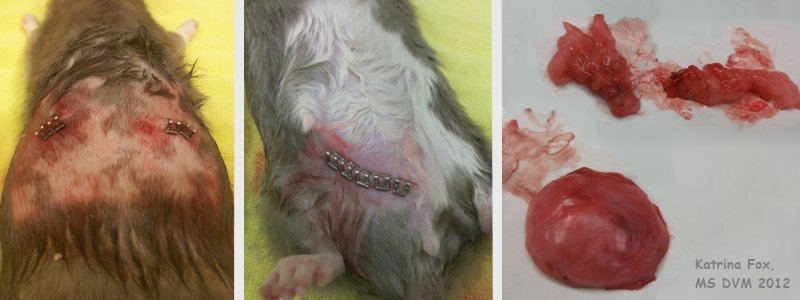Figure 1b: Ovariectomy and mammary tumour removal in 1.5-year-old female rat (Cassowary).
Case history and photos
History
“Cassowary” was an approximately 1.5 year old rescue rat of unknown background (she was a litter-mate to “Octopus”). The decision was made to do an ovariectomy, in order to reduce the chance of her developing mammary tumors or a pituitary tumors.
Clinical Signs
At the time (May 2012), Cassowary had one mammary tumor.
Diagnosis
Mammary tumor. Scheduled for tumor removal and ovariectomy.
Treatment
Cassowary was given Buprenorphine pre-op and Metacam post-op.
Isoflurane was used for anesthesia.
The mammary tumor was removed. Although histopathology was not performed on the excised mass, it appeared to be that of a fibroma. In addition, an ovariectomy (OE) spay was performed, whereby the ovaries were removed through the back wall of the abdomen. The incisions were closed with Autoclips (brand name).
Outcome
Despite the spay, Cassowary developed another mammary tumor.
Cassowary passed away on 24 October 2013, just shy of 3 years old.
Comment
The development of additional mammary tumors, in spite of the ovariectomy, is likely attributed to the older age of the rat at at the time the ovariectomy was done. Studies indicate that the spaying of female rats at a younger age (3 to 4 months) appears to be more effective at reducing and preventing hormone induced mammary tumor and pituitary tumor growth than if a female is spayed later in life.
Photos
 The two (post-op) photographs on the left show the use of Autoclips (brand name) to close – respectively – the two incisions that were made in Cassowary’s back in order to perform the OE spay, and the belly incision to remove the mammary tumor. The insets on the right show the excised ovarian tissue (above) and mammary tumor (below). |
Case history and photos courtesy of: Katrina Fox, MS DVM
Case Editors: Karen Grant RN, and Cyzahhe


